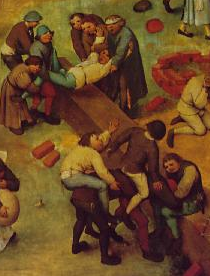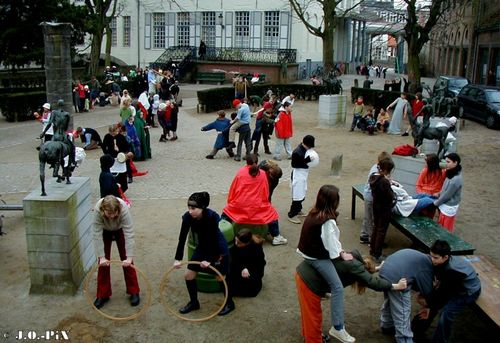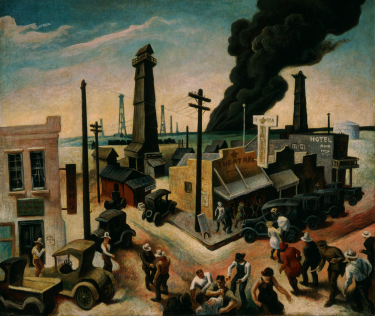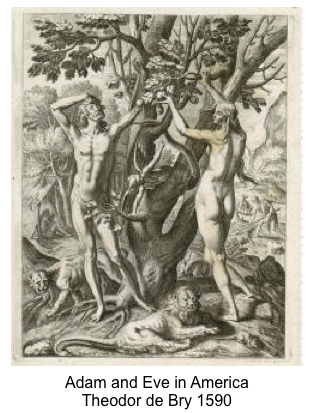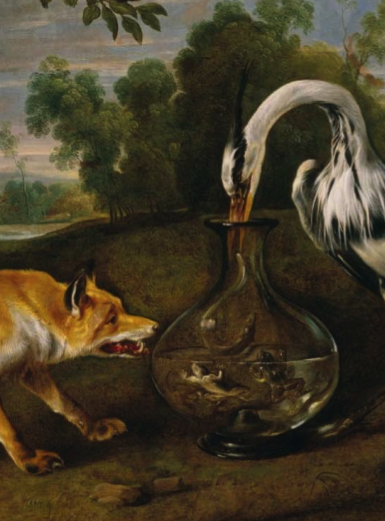I just got back to Rochester and took in the new art show and sale at the Rochester Contemporary Art Center. 6x6x2010 is the third exhibition of thousands of original artworks, made and donated by celebrities, international and local artists, designers, college students, youths and YOU. Each artwork is 6×6 inches square and signed only on the back, to be exhibited anonymously. All artworks are for sale to the public for $20 each to benefit Rochester Contemporary Art Center. Artists’ names will be revealed to the buyer only upon purchase and all artworks will remain on display for the duration of the exhibition. Don’t miss Rochester’s largest exhibition, and a chance to show your artwork in great company and support Rochester’s Downtown contemporary art venue. The show runs June 5 – July 11, 2010.
Donate $20 to help support Rochester Contemporary Art Center’s ongoing programming. In appreciation of your support we will give you an artwork of your choice. You may select your artworks from the available pieces (those without red “SOLD” dots). After completing the checkout process and making your donation (major credit cards or PayPal), you will immediately receive an email revealing the artist’s name for the work(s) that you selected. You can choose to retrieve your artwork(s) during Purchased Artwork Pick-Up Hours: July 11 – 14, 1-7pm. If you are unable to pick up during this time, select “Please ship to Me.”
As a RoCo member, I thank you for supporting Rochester Contemporary Art Center!
soundtrack: Joe Tunis, video: Chris Reeg, digitization: Megan Charland


